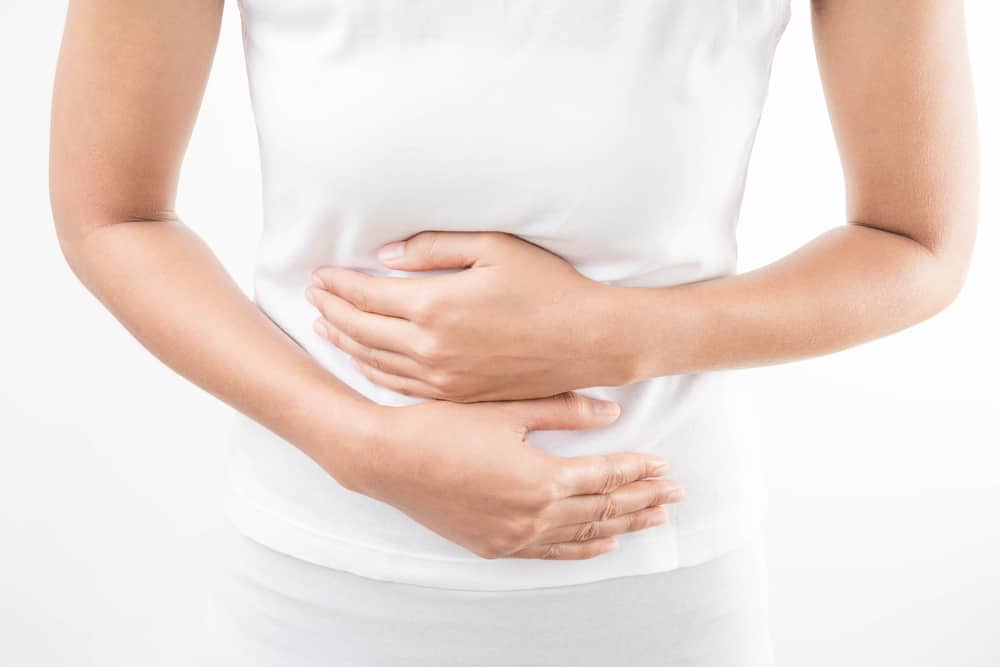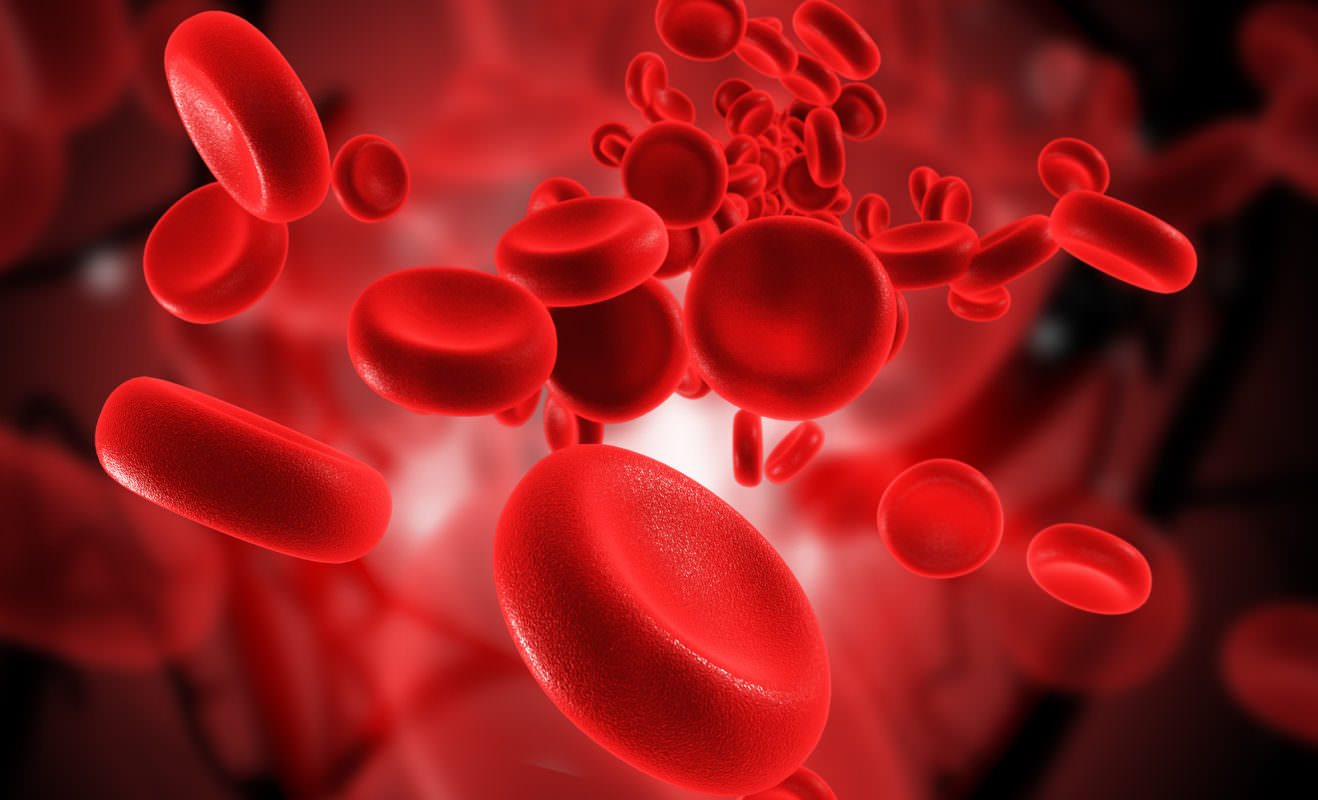Contents:
Medical Video: A Patient’s Guide to Colposcopy: What to Expect When Having a Colposcopy.
Definition
What is colposcopy and cervical biopsy?
Colposcopy is a method used by doctors by using a special magnifying device to look at your vulva, vagina, and cervix. If there is a problem during the colposcopy, a small sample of tissue will be taken from the cervix or from the opening of the cervix (endocervical canal). This sample is seen under a microscope.
Colposcopy is usually done to examine the vagina and cervix when the Pap test results are abnormal. Most abnormal Pap test results are caused by viral infections, such as human papillomavirus (HPV) infection, or types of infections, such as those caused by bacteria, fungi (yeast), or protozoa (Trichomonas). Natural changes in cervical cells (atrophy vaginitis) associated with menopause can also cause abnormal Pap test results. In some cases, changes in untreated cervical cells can cause abnormal Pap tests and can progress to precancerous or cancerous changes.
During colposcopy, the doctor will use a bright magnifying device that looks like a pair of colposcopes. Colposcope allows doctors to see problems that might not be visible to the naked eye. A camera will be attached to a colposcope to take pictures or videos of the vagina and cervix.
Your doctor may put vinegar (acetic acid) and sometimes iodine (Lugol's solution) on the vagina and cervix with cotton to see more clearly the problematic part.
When should I undergo colposcopy and biopsy of the cervix?
Colposcopy is performed to detect cervical cancer and changes that can cause cervical cancer. This is most often done when you have an abnormal Pap smear. This test is also recommended if you experience bleeding after sexual intercourse.
Colposcopy can also be done if your doctor sees an abnormal part of your cervix during a pelvic examination. This might include:
- abnormal growth of the cervix, or other parts of the vagina
- the presence of vaginal warts or HPV
- irritation or inflammation of the cervix (cervicitis)
Colposcopy can be used to monitor HPV, and to look for changes, Normla cannot return after finishing treatment.
Prevention & warning
What should I know before undergoing colposcopy and biopsy of the cervix?
Colposcopy is not usually used as a screening test for women who are at high risk of cervical cancer. A Pap test is used for that purpose. But colposcopy can tell you and your doctor more information if you have an abnormal Pap test result. If colposcopy and biopsy of the cervix are normal, you tend not to have cell changes that can cause cervical cancer. But your doctor may still want you to run a Pap test regularly for a certain period of time. Other biopsies may be needed if the Pap test, colposcopy, and biopsy of the cervix show different results.
Women with human immunodeficiency virus (HIV) have a higher risk of cervical cancer. Colposcopy tests are usually recommended for women with HIV and have abnormal Pap test results.
Process
What should I do before undergoing colposcopy and biopsy of the cervix?
Schedule a cervical biopsy the following week after your menstrual period. This helps your doctor find it easier to get clean samples. Discuss the various medications you use with your gynecologist.
You may be asked to stop using drugs that can increase the risk of bleeding, such as:
- aspirin
- ibuprofen
- naproxen
- warfarin
Avoid using tampons, douches (vaginal soaps), or vaginal creams for 24 hours before the biopsy process. You also have to refrain from sexual intercourse during this time. If you are undergoing a cone biopsy or other form of cervical biopsy that requires general anesthesia, you need to fast after midnight, or at least eight hours before the procedure begins.
On the scheduled day, your doctor may recommend you use acetaminophen or other pain relievers before you come to the hospital. Prepare a number of pads for use after the biopsy if there is mild bleeding. Ask family members or friends to take you home.
What is the process of colposcopy and biopsy of the cervix?
You will lie on your back on the table with the help of your feet, such as on a pelvic exam or Pap test. The doctor will put a metal speculum in your vagina. The speculum holds the wall of your vagina open so that the doctor can see your cervix. The doctor will position a special magnifying device, called a colposcope, a few inches away from the vulva. Bright light will be directed into your vagina, and the doctor will look through the lens, as if using binoculars.
Your cervix and vagina will be rubbed with cotton to clean from various kinds of mucus. Your doctor may give vinegar solution or other types of solution in that section. This can cause a burning or tingling sensation. The solution helps highlight the parts that have suspicious cells.
If your doctor finds a suspicious part, a little tissue sample can be taken for laboratory testing. In taking tissue samples, doctors use a sharp biopsy tool to remove a small piece of tissue. If there are some suspicious parts, the doctor will take several biopsy samples. Your doctor may give a chemical solution to the biopsied part to reduce bleeding.
Colposcopy is usually done in a doctor's office, and this procedure usually takes 10 to 20 minutes.
What should I do after undergoing colposcopy and biopsy of the cervix?
If you do a biopsy, you may feel pain in your vagina for one or two days. Vaginal bleeding or vaginal discharge is normal for a week after a biopsy. Leucorrhoea may be dark in color if Monsel is used. You can use sanitary napkins during bleeding. Don't use vaginal soap, have sex, or use a tampon for one week, to provide healing time for your cervix. Do not exercise for 1 day after your colposcopy.
Follow the instructions the doctor gave you. If you have questions relating to the process of this test, consult your doctor for a better understanding.
Part 4: Explanation of the test results
Explanation of Test Results
What do the test results mean?
The doctor will tell you about what the doctor saw at the time of colposcopy. Lab results from abortion take several days or more.
| Colposcopy and biopsy of the cervix | |
| Normal: | Vinegar or iodine solution does not show any abnormal parts in the network. The vagina and cervix look normal. |
| Biopsy samples do not show abnormal cells. | |
| Abnormal: | Vinegar or iodine solution shows the presence of abnormal tissue parts. Injuries or other problems, such as warts or infections, are found around the vagina or cervix. |
| Biopsy samples show abnormal cells. This indicates cancer or cancer tends to develop. | |
Hello Health Group does not provide medical advice, diagnosis or treatment.











